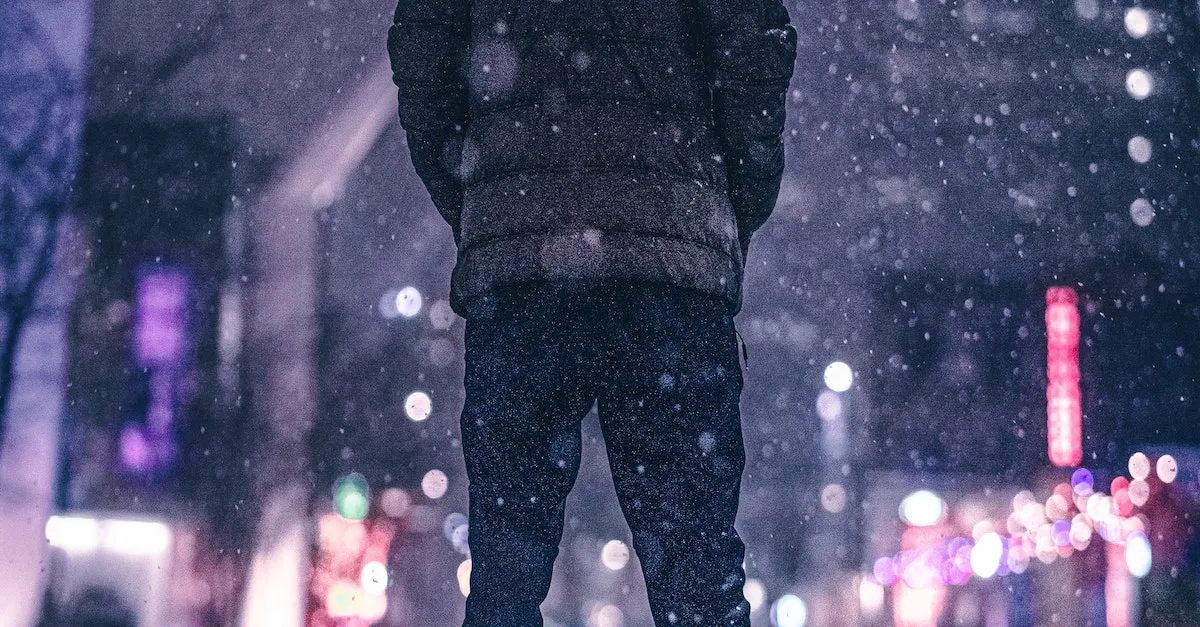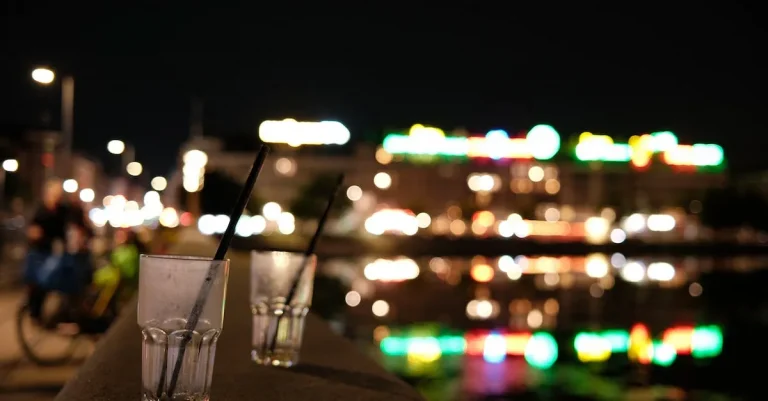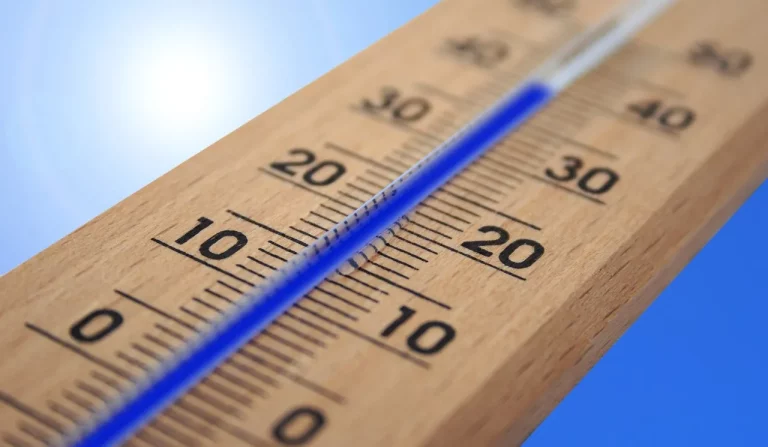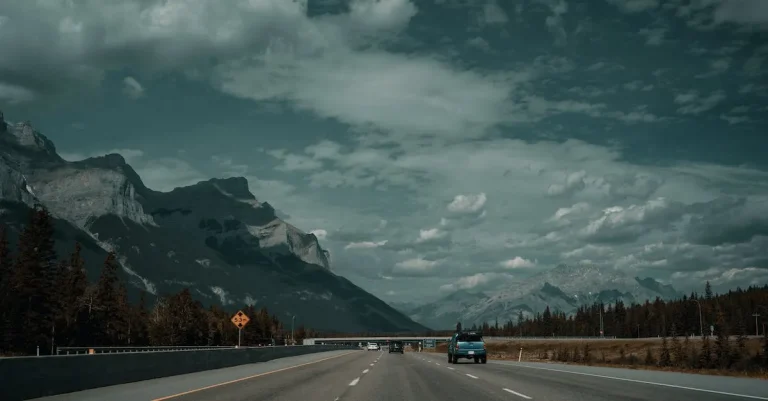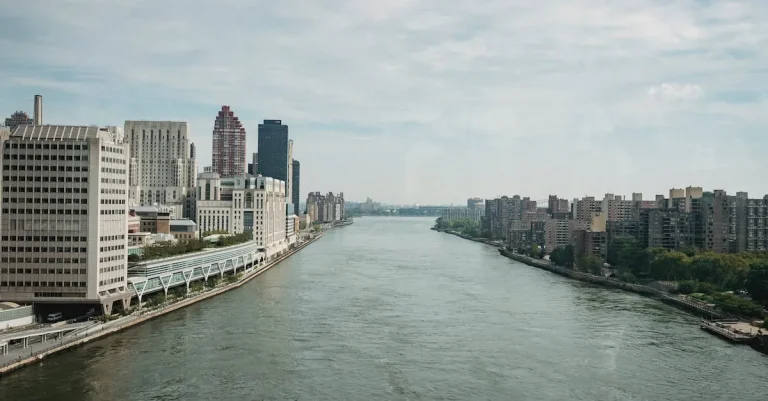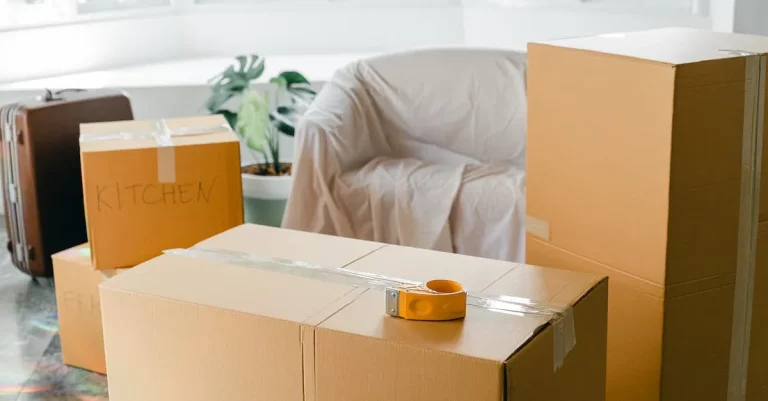Does Vegas Get Cold? Understanding Las Vegas’ Winter Weather
Las Vegas enjoys a reputation for hot, dry weather. But if you’re planning a trip during the winter months, you may be wondering – does Vegas get cold?
If you’re short on time, here’s a quick answer to your question: Yes, Vegas can get quite cold in the winter, with average lows in the 30s or 40s Fahrenheit and dips into the 20s common as well.
In this in-depth guide, we’ll break down Las Vegas’ winter weather patterns so you know what to expect. We’ll look at average temperatures, extreme cold, precipitation patterns, and how to plan for a cold-weather Vegas trip.
Average Winter Temperatures in Las Vegas
Las Vegas, known for its scorching hot summers, also experiences a winter season with milder temperatures. While it may not be as cold as some other parts of the country, it certainly does get chilly in the desert city. Let’s take a closer look at the average winter temperatures in Las Vegas.
Overview of December-February averages
During the winter months of December, January, and February, Las Vegas sees a drop in temperatures compared to the summer heat. The average high temperature in December hovers around 57°F (14°C), while January sees highs of around 56°F (13°C).
February tends to be slightly warmer with highs reaching around 62°F (17°C).
On the other hand, the average low temperatures during this period range from 38°F (3°C) in December to 40°F (4°C) in January. February sees a slight increase in temperatures with average lows of 43°F (6°C).
Daily highs vs. lows
While the average high and low temperatures give us a general idea of the winter weather in Las Vegas, it’s important to note that daily temperatures can vary. It’s not uncommon for daytime temperatures to reach the mid-60s°F (around 18°C) on some winter days, while nights can bring cooler temperatures in the 30s°F (around 0-5°C).
It’s always a good idea to check the weather forecast when planning a trip to Las Vegas in the winter, as there can be fluctuations in temperatures from day to day. Layering clothing and bringing a jacket or sweater is recommended to stay comfortable throughout the day and evening.
For more information about Las Vegas’ winter weather, you can visit weather.com.
Extreme Cold and Freezing Weather
Record Lows
While Las Vegas is known for its scorching hot summers, it does experience some chilly winter weather as well. Although it may not be as extreme as other parts of the country, Las Vegas does have its fair share of record lows.
In fact, the coldest temperature ever recorded in Las Vegas was a bone-chilling 8 degrees Fahrenheit (-13 degrees Celsius) on January 13, 1963. This frigid temperature surprised many residents and visitors alike, who are more accustomed to the city’s warm climate.
Frequency of Freezes
Although record-breaking cold temperatures are relatively rare in Las Vegas, freezing weather does occur during the winter months. On average, Las Vegas experiences about 15 days per year where the temperature drops below freezing.
This means that for a couple of weeks each winter, residents and visitors need to bundle up and take precautions to protect themselves from the cold.
While Las Vegas may not be known for its icy winters, it’s still important to be prepared for the occasional freeze. Taking simple steps like wearing layers, keeping a warm coat handy, and protecting plants and pipes can go a long way in ensuring a comfortable and safe experience during the winter months in Las Vegas.
Precipitation Patterns and What to Pack
Rain and snow chances
While Las Vegas is known for its desert climate and scorching summers, it does experience some precipitation during the winter months. Although it may not be as common as in other parts of the country, there is still a chance of rain and even snow in Vegas during the winter.
According to the National Weather Service, the average annual precipitation in Las Vegas is around 4.2 inches. Most of this precipitation occurs during the winter months, particularly in December and January.
However, it’s important to note that the amount of rain and snowfall can vary significantly from year to year.
On average, Las Vegas receives around 0.5 inches of snow each year. While this may not seem like much, it can still be a delightful sight for visitors who are not accustomed to seeing snow. The snowfall usually occurs in the surrounding mountain areas, such as Mount Charleston, but occasionally, it can dust the Las Vegas Strip as well.
What to wear and bring for a cold Vegas trip
If you’re planning a winter trip to Las Vegas, it’s essential to be prepared for cooler temperatures and the possibility of rain or snow. Here are some tips on what to wear and bring for a cold Vegas trip:
- Dress in layers: The weather in Las Vegas during the winter can be quite variable, with chilly mornings and evenings and milder temperatures during the day. Dressing in layers allows you to adjust your clothing as needed throughout the day.
- Bring a warm coat: While it may not be necessary to bundle up like you would in colder climates, having a warm coat or jacket is advisable, especially for the cooler evenings.
- Pack waterproof shoes: In case of rain or snow, it’s a good idea to have waterproof or water-resistant footwear to keep your feet dry and comfortable.
- Don’t forget the accessories: Bring items such as hats, gloves, and scarves to protect yourself from the cold, especially if you plan on spending time outdoors.
It’s also worth mentioning that Las Vegas hotels, casinos, and restaurants are known for their climate-controlled environments. So, even if it’s cold outside, you’ll likely find yourself in comfortably heated spaces indoors.
However, having the appropriate clothing and footwear for any outdoor activities or excursions is still essential.
For more information on Las Vegas weather patterns and up-to-date forecasts, you can visit the Weather Channel or the National Weather Service websites.
Conclusion
While Las Vegas winters are mild compared to other parts of the country, chilly weather is common. With lows in the 30s and sometimes 20s, plus the possibility of rain or snow, packing warm clothes is a must when visiting in the colder months.
Knowing what to expect weather-wise allows you to plan accordingly and enjoy everything Vegas has to offer, even when temps get nippy.

